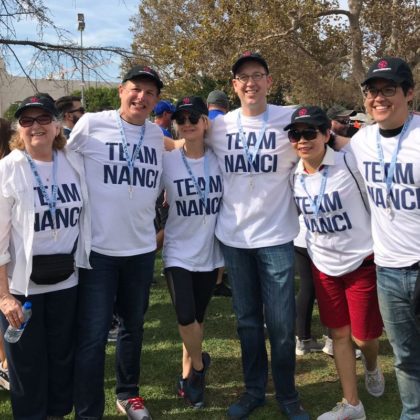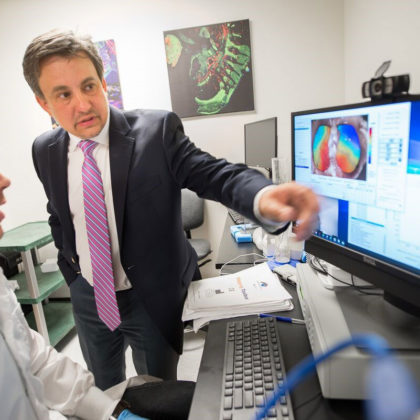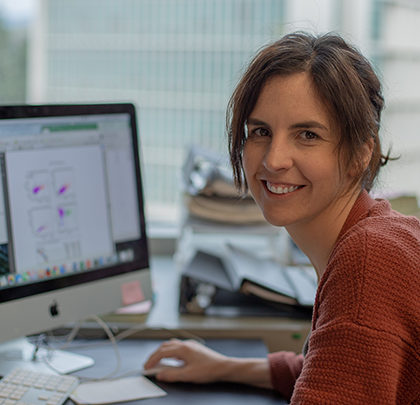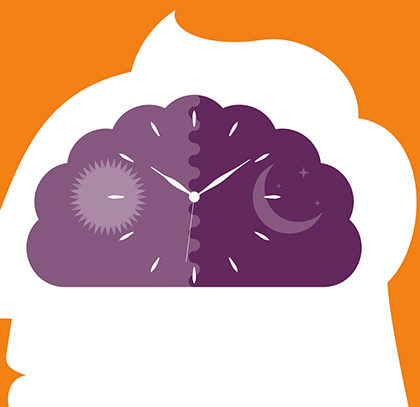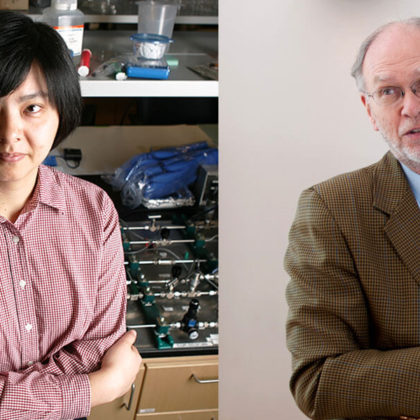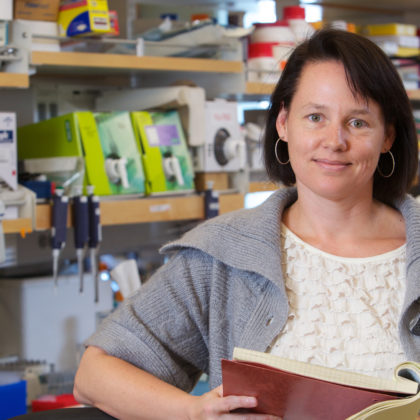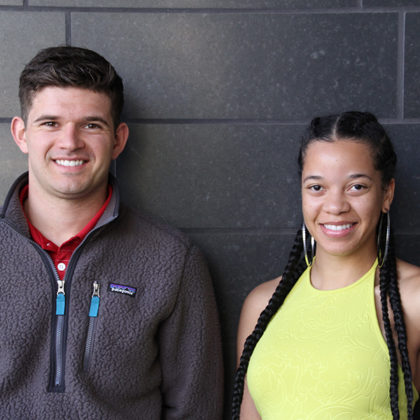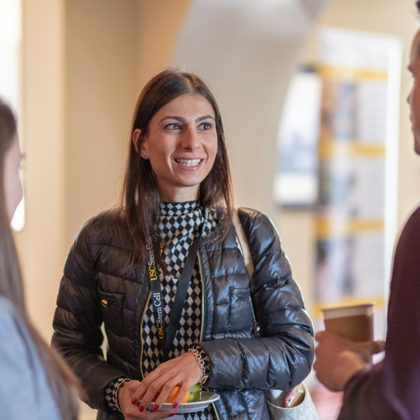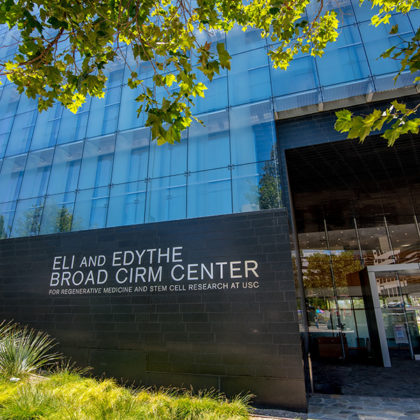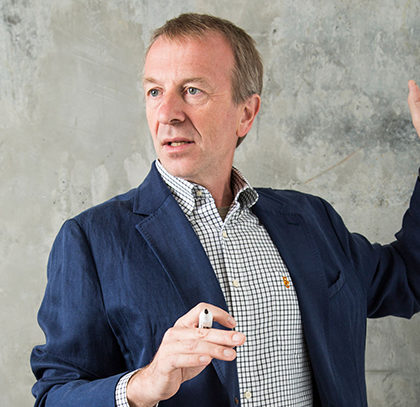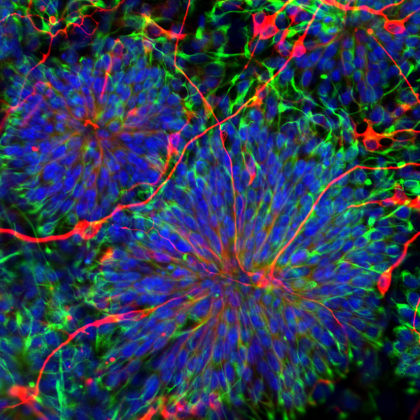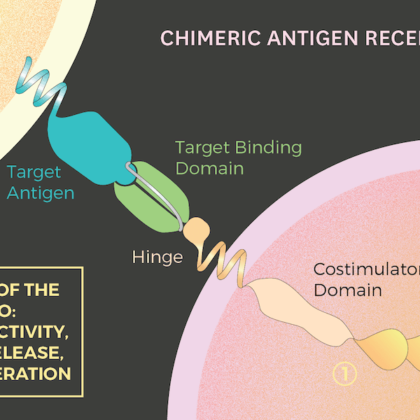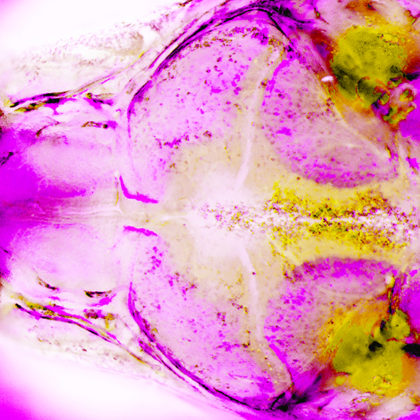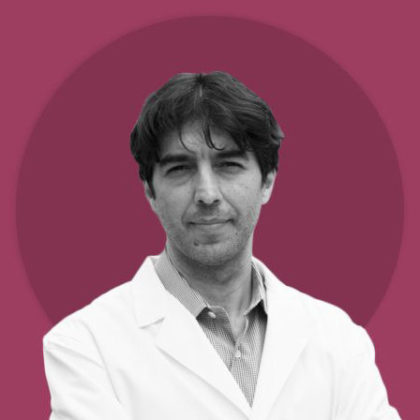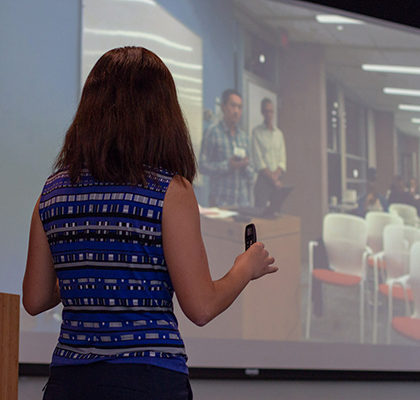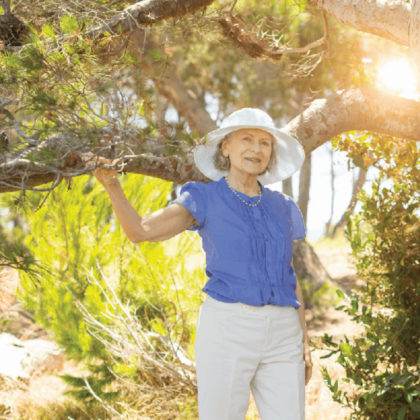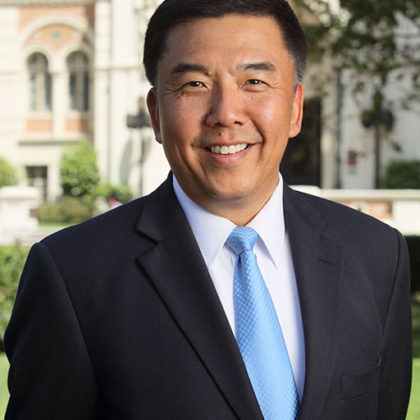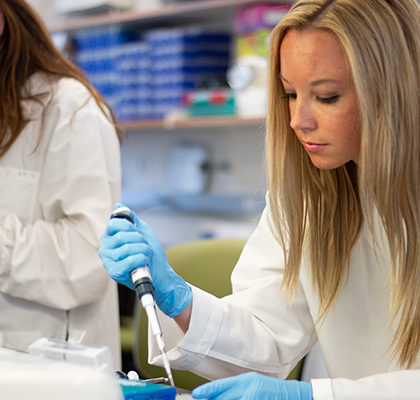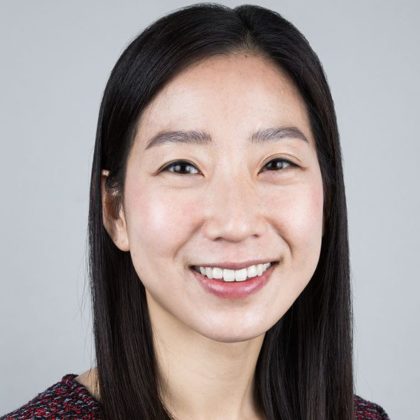Innovators of USC: Justin Ichida stays at the forefront of ALS research
Justin Ichida keeps his research patient-based. That’s why Ichida, Richard N. Merkin, M.D., Assistant Professor of Stem Cell Biology and Regenerative Medicine at the Keck School of Medicine of USC, and his …
Innovators of USC: University-affiliated entrepreneurs focus on autoimmune disease
Approximately 50 million Americans suffer from autoimmune disease, according to the American Autoimmune Related Diseases Association. This includes the millions suffering from rheumatoid arthritis and lupus. Researchers at USC have developed novel …
Broad Fellow Oihana Iriondo follows her curiosity as a cancer researcher
Oihana Iriondo, the newest Broad Postdoctoral Fellow, has always been curious about how things work.
USC researchers draw closer to biological treatment for birth defect
Could we be one step closer to developing a biological treatment for craniosynostosis? Building upon a body of research that demonstrated that the premature fusion of skull bones — which can cause …
Disease risk seen in disrupted biological clock
USC scientists report that a novel time-keeping mechanism within liver cells that helps sustain key organ tasks can contribute to diseases when its natural rhythm is disrupted.
Ellis Meng and Mike Waterman elected fellows of the National Academy of Inventors
Ellis Meng, a professor of biomedical engineering and electrical engineering, who holds the Gabilan Distinguished Professorship in Science and Engineering at the USC Viterbi School of Engineering, and University Professor, Michael Waterman, …
Tracy Grikscheit awarded $1.3 million to study stem cell therapy for liver failure
Currently, the only therapy for metabolic liver disease is an organ transplant. Tracy Grikscheit MD, an attending physician and regenerative medicine scientist at Children’s Hospital Los Angeles, hopes to change that reality. …
Countdown to Commencement: Ciara Mimms directs aircraft and redirects cells
“November-Two-Five, you’re clear for takeoff. Clear for takeoff, November-Two-Five. Good day!” From directing jets in the sky in the United States Air Force Reserve to delving into stem cell biology, Ciara Mimms, …
USC researchers converge at the Interdisciplinary Stem Cell Symposium
“The field of stem cell biology is one of our great convergence opportunities,” said USC Provost Michael Quick, addressing an audience of biologists, chemists, physicists, engineers, clinicians and many others. This diverse …
Request for Proposals: Broad Innovation Awards in Stem Biology and Regenerative Medicine (Stem Cell Engineering, Therapeutic Screening, Optical Imaging and Flow Cytometry) 2019–2020
A gift from the Eli and Edythe Broad Foundation has established the Eli and Edythe Broad Innovation Awards in Stem Cell Biology and Regenerative Medicine at USC. This year, we are seeking …
The power of fear drove cancer researcher Peter Kuhn toward his vocation
Fear has power. Power to harm body and soul. Power to motivate. Peter Kuhn first learned its power as a boy growing up on a farm in Bavaria. The family ran an …
Interdisciplinary Stem Cell Symposium: The Biology, Chemistry, Engineering, Ethics, and Business of Stem Cells and Tissue Engineering
Tuesday, November 27 at 8:30am Radisson Hotel Los Angeles Midtown at USC 3540 S Figueroa St, Los Angeles, CA 90007 Co-hosted by USC Stem Cell and the USC Medicine, Engineering, Science and …
Building a better “CAR”
In his 1971 State of the Union address, President Richard Nixon dedicated the country to finding a cure for cancer. “The time has come in America when the same kind of concentrated …
Zebrafish make waves in our understanding of a common craniofacial birth defect
Children are not as hard-headed as adults—in a very literal sense. Babies are born with soft spots and flexible joints called sutures at the junctions where various sections of their skull bones …
TIME names Valter Longo one of the 50 Most Influential People in Health Care of 2018
USC Leonard Davis School Professor Valter Longo, director of the USC Longevity Institute and USC Stem Cell principal investigator, has been named one of TIME’s the 50 Most Influential People in Health …
USC Stem Cell and BCRegMed Virtual Symposium brings Canada to California
It didn’t require plane tickets to bring together scientists from USC Stem Cell in Los Angeles and BCRegMed in Vancouver. During October’s Virtual Symposium, videoconferencing technology enabled these scientists to share ideas …
Out of the woods: USC alumna and nature lover Anna Kuehl finds hope to restore her vision
Once upon a time, there was a little girl named Anna Kuehl who loved exploring the nature surrounding her home in the Bavarian Forest. Located northeast of Munich not far from the …
Yang Chai elected to National Academy of Medicine
Yang Chai, associate dean of research at the Ostrow School of Dentistry of USC, has been elected to the National Academy of Medicine (NAM), a membership that is considered one of the …
CIRM Stem Cell Awareness Day: Science Career Videos
In honor of CIRM’s Stem Cell Awareness Day, USC Stem Cell invites you to explore careers in science. Meet progressive master’s student Carina Seah, PhD student Kimberley Babos, postdoc Jorge Contreras and clinical fellow Abigail Zamora.
Eun Ji Chung awarded NIH New Innovator Award
Eun Ji Chung, Gabilan Assistant Professor of Biomedical Engineering, has received the NIH New Innovator Award. Announced today by the NIH Common Fund’s High-Risk, High-Reward Research program, Chung’s proposal was one of …
